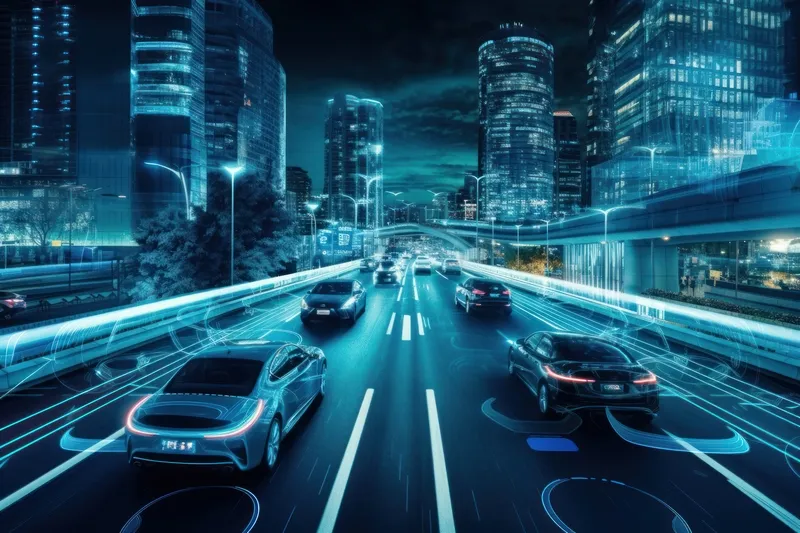
US Department of Transportation’s Federal Highway Administration (FHWA) has given the green light for funding applications to companies and organisations which deploy Vehicle to Everything (V2X) technology.
The $40 million Saving Lives with Connectivity: Accelerating V2X Deployment grant opportunity is to advance connected and interoperable vehicle technologies, allowing vehicles to communicate with one another and with road infrastructure.
“We can and must use all the tools at our disposal to reduce the devastating loss of life on our nation’s roadways, and technology has a big role to play in that effort,” said US transportation secretary Pete Buttigieg. “Connected vehicle technology has the potential to save lives, and we are proud to provide this funding to help accelerate its development.”
USDoT says it will share "in the coming weeks" a draft V2X Deployment Plan to gather stakeholder feedback on a collective plan for the deployment of interoperable connectivity. The plan is set to be completed in early 2024.
The US Federal Communications Commission decision in April to grant a joint waiver request to deploy cellular Vehicle to Everything (C-V2X) technology in the upper 20 MHz part of the 5.9 GHz band paved the way for V2X roll-out.
FHWA says V2X can contribute to the Safe System Approach adopted by the USDoT’s National Roadway Safety Strategy to address US road deaths.
Examples include various wireless technologies, such as mobile, in-vehicle and roadside devices "that can communicate and operate with each other, such as warnings and alerts related to intersections, red lights, curve speeds and roadway departures".
“V2X connectivity is a critical transformational technology that not only advances safety but also enhances mobility and efficiency,” said federal highway administrator Shailen Bhatt.
“Accelerating V2X deployment now is a crucial step toward saving lives with connectivity. We’re working to make sure that no matter where you drive - truly reliable and seamless connectivity will be in place.”
Click here for the Notice of Funding Opportunity.







